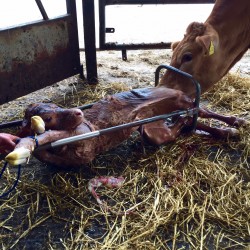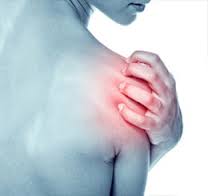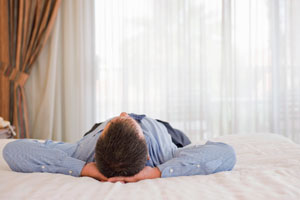Minimising back strain this calving season by Olivia O’ Leary D.C BSc Hons Chiropractic
As we progress through calving season, how is your back coping with the strain ?
It’s that time of year in farming when the pace and intensity of the workload has increased rapidly and farmers often fa ll into the habit of pushing themselves too hard and injuring themselves and only drawing breath when the body is at breaking point or in pain.
ll into the habit of pushing themselves too hard and injuring themselves and only drawing breath when the body is at breaking point or in pain.
As Chiropractors in a rural community dealing and treating significant numbers of farmers daily, we understand the day to day physical challenges posed by the demands of the farm and the injuries that it can cause particularly at calving time.
Our advice for farmers: Think of the long term and plan for the future. Don’t ignore your back, and when you’re tired don’t take risks lifting or otherwise, it can be a costly, painful mistake in the long term. So think of these tips…
Back pain at calving can generally be avoided through good forward planning, using a knowledge of safe lifting and body positioning principles, safe work practices as well as using mechanical aids wherever possible.
Calving related back pain often develops from
• Handling Accidents (getting crushed or knocked down by heifers/cows wary of human contact at calving or just after calving.
• Getting stuck in awkward positions; trying to get a calf out (not leaving enough space behind the cow to get the calf out)
• Long hours and regular night work increases the risk of back pain during this busy time of the year due to fatigue; meaning farmers are more of risk of forgetting to lift properly, take chances hauling things around, falsely believing they’re saving time:-(
Remember
• Well designed calving pens and gates minimise the direct physical contact between the cow/heifer and the farmer reducing handling accidents.
• Calving jacks if properly used can reduce the risk of back injury.
• Mechanical lifting aids such as a pulley system in the calving pen is a useful tool to reduce back strain.
The financial costs to the farmer of a back injury are high, do not ignore back pain believing it will go away, if affected, get early evaluation, treatment and appropriate exercises as necessary to help you recover faster, properly and to minimise the chances of getting injured again so as to avoid time lost unable to work through injury.
Offering comprehensive diagnosis and treatment for injuries relating to the back and neck as well as trapped nerves, shoulder, hip, knee and foot joint and muscle problems, Gorey Family Chiropractic also offers clients on site X-ray services, onsite computerised gait scanning, prescription medical insoles and can arrange direct refferal for MRI where medically necessary.
Gorey Family Chiropractic Clinic is registered with VHI, Aviva/ Irish Life Health and Laya Healthcare allowing clients to claim reimbursement for treatment if covered by their health Insurance policy.
For advice or further information T 053 94 83338

























Leave a Reply